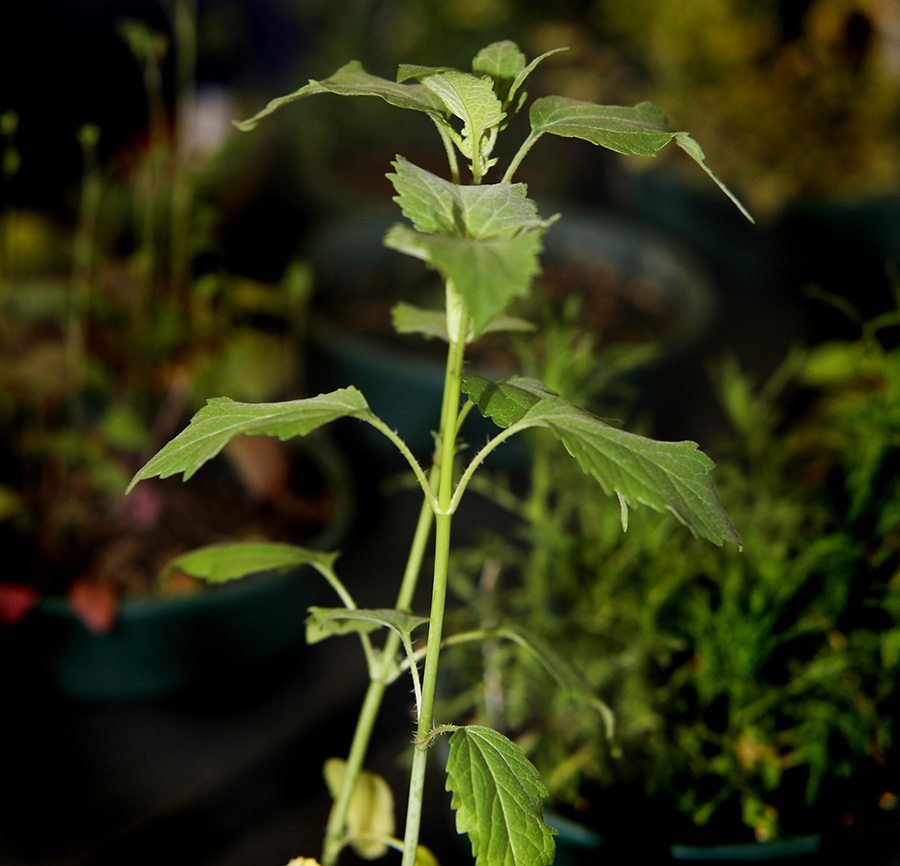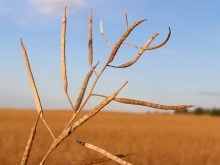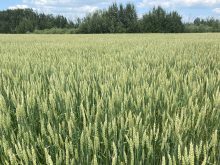Manitoba may have another glyphosate-resistant weed.
Last year, a grower in eastern Manitoba discovered a specimen of giant ragweed that seemed to have immunity to glyphosate, the active ingredient in Roundup.
The giant ragweed, found in a field of soybeans, is now being tested in a lab.
“It will take several months before the results are in,” said Rob Gulden, University of Manitoba weed scientist.
“Until I hear back from the tests, (I) can’t say much about the potential resistance… as glyphosate sometimes does not work all that well even on susceptible giant ragweed plants.”
Read Also

Agriculture chemical company embraces regenerative farming
Johnstone’s Grain sees the sale of regenerative agriculture products as the future
If the tests come back positive, giant ragweed will become the second weed in Manitoba, after kochia, with resistance to glyphosate.
Manitoba may also have glyphosate-resistant waterhemp, after that weed was found in soybean fields in 2016 and 2017.
Giant ragweed with resistance to glyphosate is fairly common in southern Ontario, where the first case of resistance was discovered in 2010. Glyphosate-resistant giant ragweed is also present in more than 10 U.S. states.
The weed isn’t common in Manitoba, mostly found in corn and soybean fields on the eastern side of the province. It can be troublesome because it grows to 1.5 to three metres tall and a small number of plants can compromise yield.
A Monsanto website says one giant ragweed plant per sq. metre can drag down yields by about 13 percent in corn and soybeans.
Carl Bangert, who farms near Beausejour, Man., said the rise of glyphosate-resistant weeds are probably connected to tight soybean rotations in eastern Manitoba.
In 2017, soybeans represented 49 percent of all acres in the Rural Municipality of Brokenhead, northeast of Winnipeg.
“Beans have been a great money maker,” said Bangert, who was part of a Jan. 18 panel session on soybean production at Manitoba Ag Days, a trade show held in Brandon
“But we’ve got to be aware that when we start pushing rotation, we’re going to start bringing in other issues.”
Robert.arnason@producer.com
Soybean acres in the Rural Municipality of Brokenhead
Soybean acres Total acres %soybeans
2015 36,500 89,800 41
2016 37,800 89,700 42
2017 44,500 90,650 49
Source: Carl Bangert, Manitoba grower


















